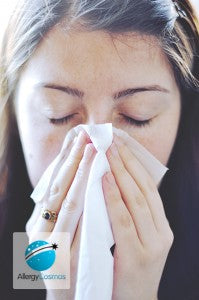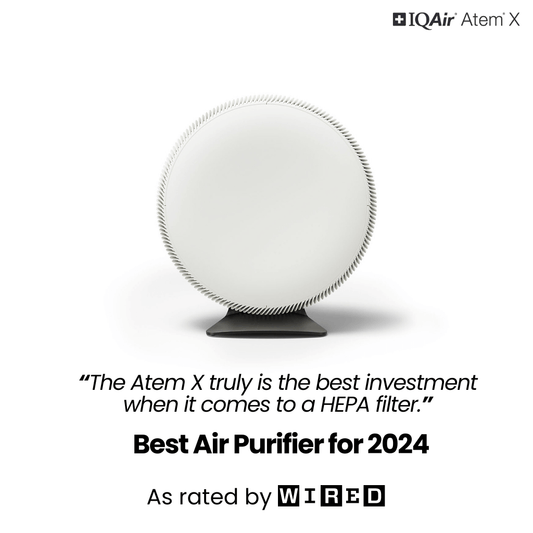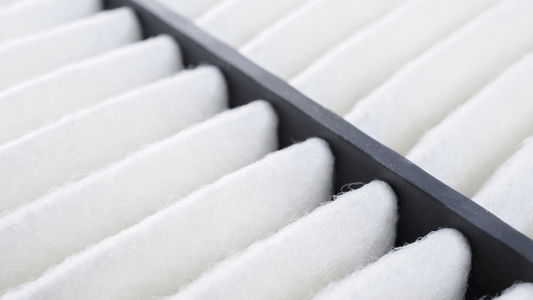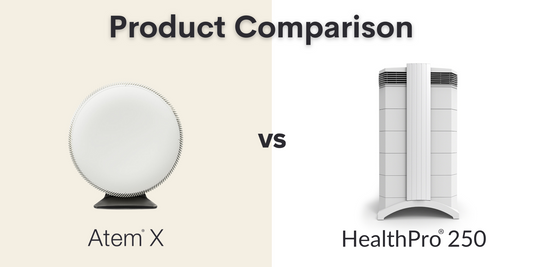One form of rhinitis is perennial allergic rhinitis, but it is not the only one. While asthma is an allergy affecting the lungs, perennial allergic rhinitis is an allergy affecting the mucous membranes of the nose and eyes all year long. The usual symptoms include:
- Blocked nose & sinuses
- Lack of sense of smell
- Frequent sneezing & headaches
- Streaming eyes
Other symptoms of rhinitis include dry throat and swollen eyelids, an itchy nose, mouth, throat and sore eyes. Symptoms may be only mild, or severe enough to interfere with work, study or driving. Typical seasonal rhinitis allergens include grass pollen and moulds. Rhinitis, in general, wasn't really known until early in the 20th century but it affects between 15 to 20% of the UK population today. In the UK the main seasonal rhinitis allergen is grass pollen, but in the USA it is ragweed, and in Japan, cedar pollen. The UK rhinitis season is from June to August; therefore young people with rhinitis may be badly affected during exam time.
What is Perennial Allergic Rhinitis?
Perennial allergic rhinitis is 'hay fever' that occurs all year round. If that is the case, then it is likely that grass pollen, which is only really around in the summer, is not the culprit. You are likely allergic to something else, like mould, pet dander or house dust mite, urban air pollution (i.e. exhausts from cars, trains, planes etc.). Rhinitis itself - like any other word ending in 'itis' - is just a name for inflammation. The word 'rhino' means nose. Two other conditions that look like allergic rhinitis, but are not, are triad and NARES. Triad has three symptoms: allergic rhinitis, nasal polyps, and asthma. It is often linked to aspirin sensitivity. NARES stands for Non-Allergic Rhinitis with Eosinophilia and occurs when immune cells called eosinophils migrate to the nose and cause a severe inflammatory reaction.
The Language of Perennial Allergic Rhinitis
- Rhinitis - inflammation of the nose
- Hay fever - allergic rhinitis caused
- Allergic rhinitis - rhinitis caused by allergy, may be seasonal or perennial, depending on when symptoms occur
- Vasomotor rhinitis - a non-allergic form of rhinitis, relieved by decongestants but not by anti-allergy drugs
- Sinusitis - inflammation of the sinuses, the air pockets within the bones of the skull and face, which are connected to the nasal cavity. It can be caused by allergic rhinitis, the presence of polyps in the sinuses, or bacterial infection of the sinuses. It may be acute or chronic
- Post-nasal drip occurs when excess mucus produced in allergic rhinitis runs down the back of the nose, into the throat and into the airways, causing a persistent cough through irritation
Perennial Allergic Rhinitis Treatment
One of the problems of perennial allergic rhinitis is that even though it can have a severe impact on a person's life, it is often undiagnosed. Lack of awareness about the condition is often to blame.
Antihistamines, which are available in non-sedating forms, are effective in the treatment of perennial allergic rhinitis. One of the standard prescriptions for mild perennial allergic rhinitis is a low-level corticosteroid nasal spray. The dose of steroid in this kind of spray is very low. Nevertheless, sprays like this can have some side effects - one in ten people will be affected by:
- Bad nosebleeds
- Skin rashes or hives
- Less common side effects include,
- Blurred vision
- Damage to your nose
- Swelling of face and throat
Non-medical Perennial Allergic Rhinitis Treatment
An effective non-medical treatment for perennial allergic rhinitis is to practice allergen avoidance, which means limiting your everyday exposure to air pollution in your home and place of work. There are many things you can do to limit the number of dust mites living in your home, as well as controlling your exposure to pet allergens, or traffic pollution. One important step is the use of a HEPA air purifier. Furthermore, you should use a leakage-free allergy vacuum cleaner and cleaning products that break down the symptom causing proteins in the air.




